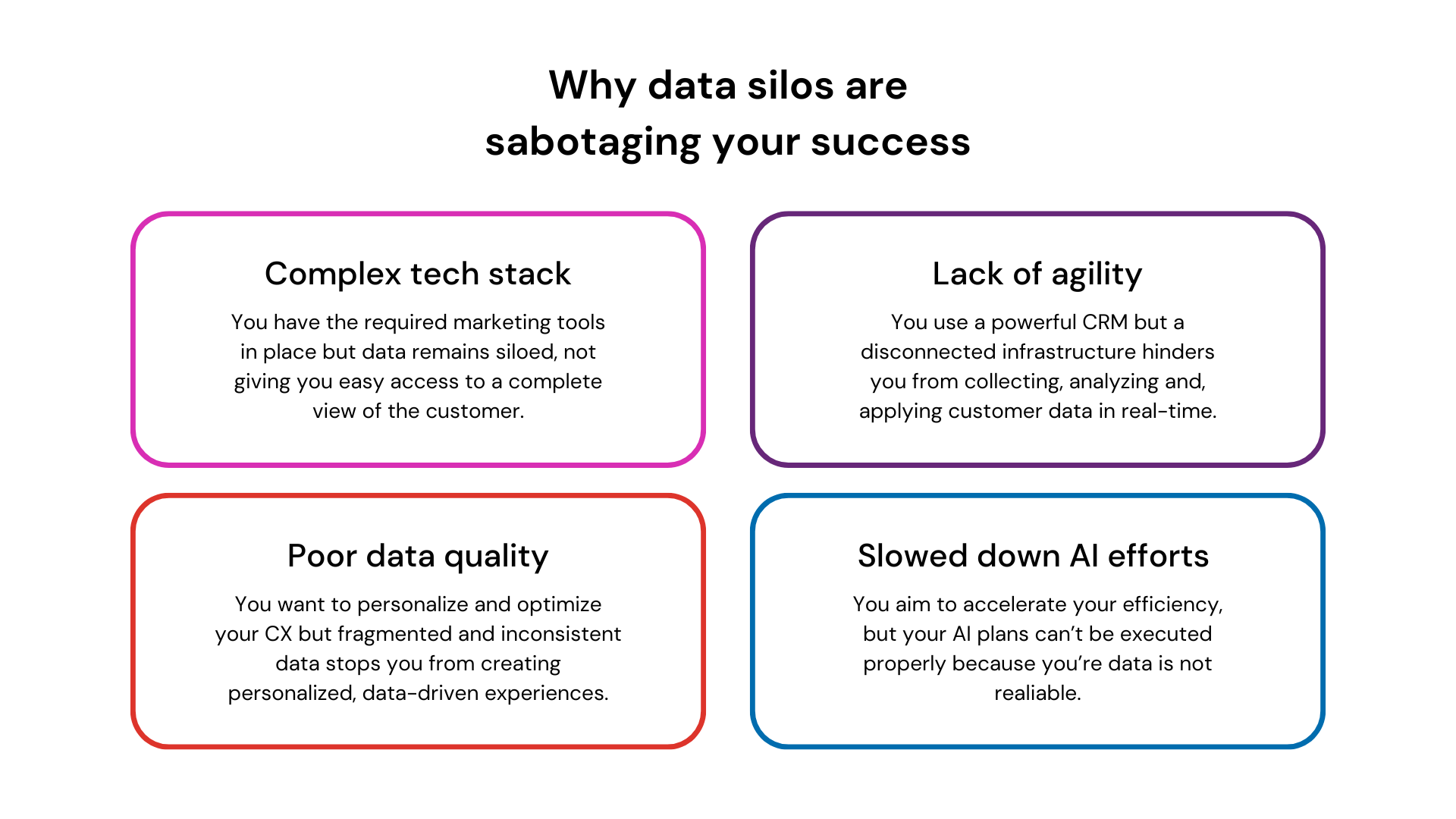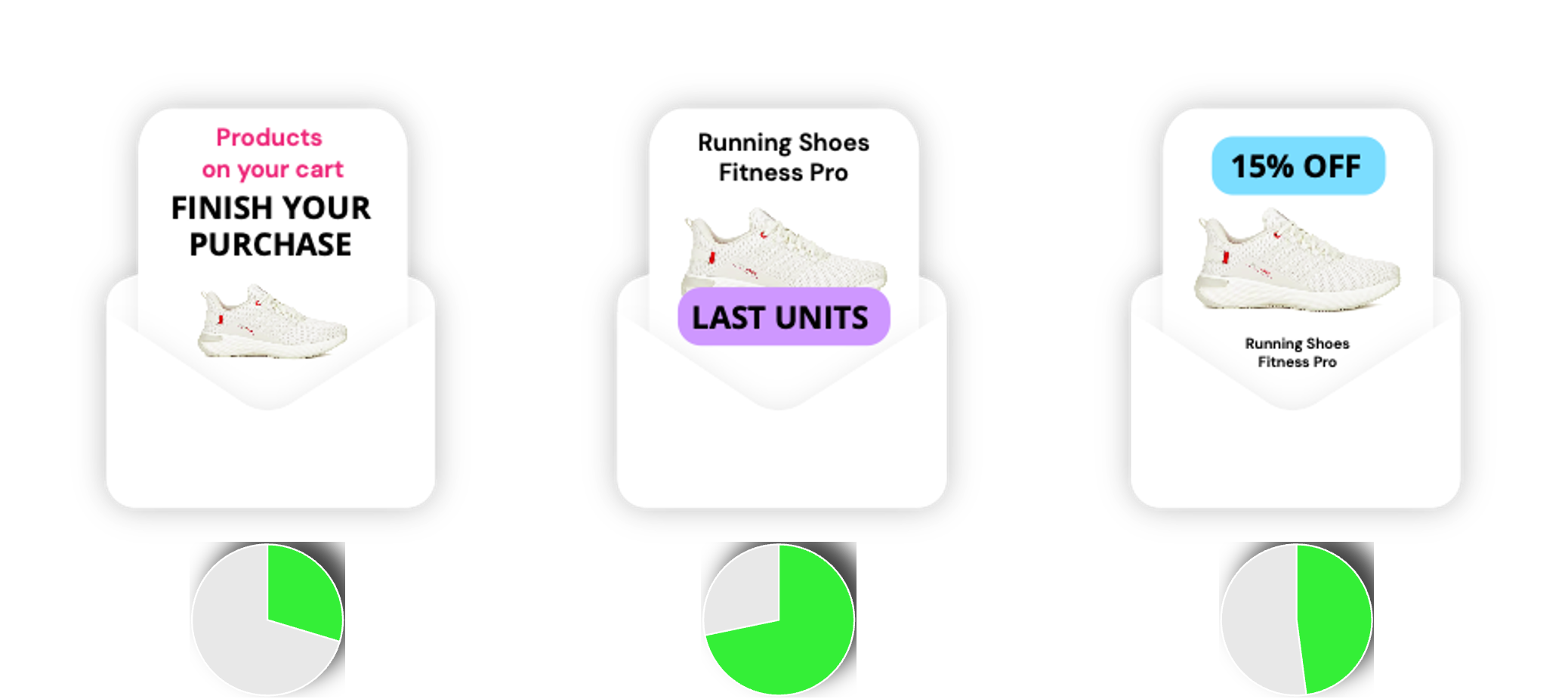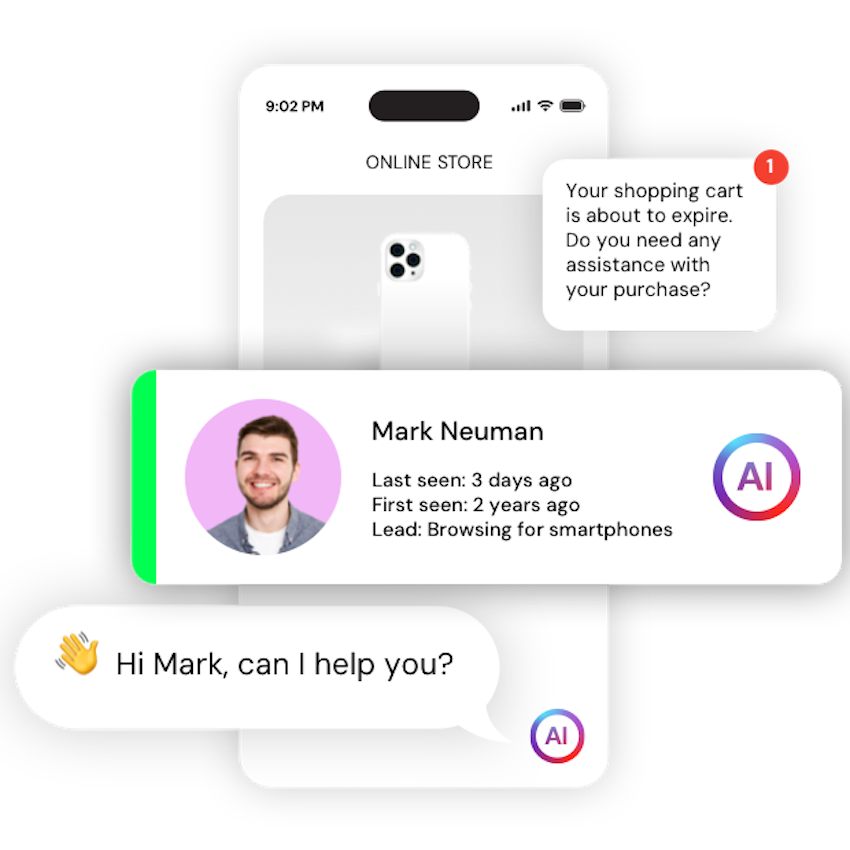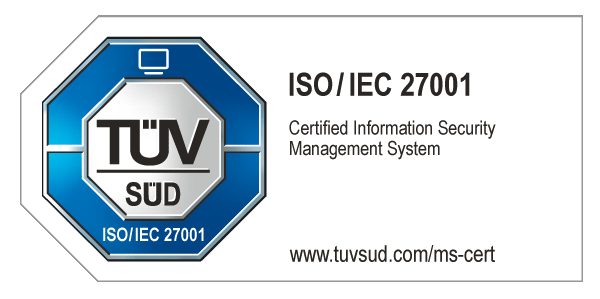With the rapid rise of artificial intelligence (AI) adoption, the consequences of poor information management, which often results in data silos, are becoming increasingly significant. Since AI can only be as effective as the quality of your data, these silos hinder its ability to provide accurate insights and predictions, affecting all aspects of the business ecosystem.
But what exactly does it take to break down data silos? And what challenges might businesses face in doing so? Let’s explore that.
What are data silos?
First things first: data silos are repositories of data controlled by a specific department or business unit, or information stored exclusively within a particular tool or solution, isolated from the rest of the organization. Much like a farm silo keeps stored grains separate from the outside, these data silos keep information isolated.
Siloed data is typically stored within a single system and is often incompatible with other data sets. This makes it difficult for users in other parts of the organization to access and utilize company data effectively for multiple purposes, such as gaining a comprehensive understanding of customers and their needs.
What’s the problem with data silos?
Data silos are problematic because they prevent collaboration and transparency, creating barriers between teams and departments. They prevent companies from building a strong data foundation, which is essential for effectively utilizing AI, leading to missed opportunities for more efficient and innovative decision-making processes. Furthermore, data silos restrict the ability to create better, tailored experiences, making it difficult for businesses to quickly understand and respond to customer needs.
It's clear that data silos reduce productivity, increase costs and negatively impact the customer experience. But if that's not enough, let's break down some of the specific challenges that data silos impose on businesses:
Complex tech stack: Even with the necessary marketing tools in place, data silos can prevent easy access to a complete and holistic view of the customer.
Lack of agility: A disconnected infrastructure, even when using a robust Customer Relationship Management system, can undermine the ability to collect, analyze, and apply customer data in real-time.
Poor data quality: Fragmented and inconsistent data can obstruct efforts to personalize and optimize the customer experience, making it difficult to create data-driven, personalized interactions.
Slowed AI efforts: Data silos can slow down AI initiatives, as unreliable data may prevent the proper execution of AI-driven plans aimed at increasing efficiency.

What are the benefits of breaking down data silos?
Breaking down data silos is crucial for organizations aiming to make more informed and timely decisions. It also enables the cross-referencing of data, allowing for a single view of information.
Here are the key advantages that come with dismantling these barriers:
From silos to AI-powered insights and reliable customer profiles
Data is a strategic asset, especially in the context of AI. When collected and transformed effectively by AI algorithms, it becomes a powerful resource of actionable insights that fuel informed decision-making and drive business growth.
Therefore, eliminating data silos actively contributes to data centralization and the creation of more accurate and comprehensive customer profiles. This centralized approach offers access to:
Customer intent: Access detailed insights on pages visited, visit duration, and frequency to better understand customer behavior.
Customer context: Gather geolocation and device information to enhance the relevance and timeliness of customer interactions.
Traffic source: Identify the origin of traffic — whether paid, organic, search, email, social — to refine marketing strategies.
Previous interactions: Integrate both online and offline interactions across sales and customer service to ensure a seamless customer experience.
Product catalog: Consolidate product details, stock information, and reviews to provide accurate and up-to-date information to customers.

Enhancing personalization by using data insights
Breaking down data silos enables businesses to leverage data insights for creating tailored customer experiences at scale, with the help of AI.
Instant engagement: Utilize event triggers to deliver real-time content based on current visitor behavior, enhancing the immediacy and relevance of customer interactions.
Custom recommendations: Provide tailored assistance across all touchpoints, from automated nudges to live shopping support performed either by AI or humans, ensuring a personalized and engaging shopping experience.
Increased sales: Drive higher revenue and customer satisfaction by simplifying and personalizing the shopping journey, leading to more conversions.

Improving marketing spend efficiency with accurate attribution and predictive analytics
Eliminating data silos also helps businesses optimize their ad spend by accurately attributing campaign performance.
Accurate attribution: Sync online and offline conversions with ad platforms to clearly understand the impact of each marketing channel.
Advanced analytics: Use machine learning to analyze data, identify purchase trends, and target high-intent leads more effectively.
Optimized ROI: Focus your ad budget on campaigns with the highest likelihood of conversion, enabling more precise and personalized advertising that maximizes return on investment.
By breaking down data silos, organizations can reap these benefits, leading to better decision-making and enhanced experiences for both customers and employees.

How can businesses break down data silos?
Breaking down data silos involves a combination of strategic initiatives and technological integration.
Pinpoint data gaps: Identify and analyze the areas where data is not being effectively shared or integrated across the organization. This involves understanding the current flow of information, recognizing where silos exist and determining their impact on operations and the experience provided to customers. By mapping out these gaps, companies can prioritize which silos to address first, ensuring that critical data is accessible where it’s needed most.
Implement integrated technology solutions: Adopt unified data platforms, such as Digital Experience Platforms (DXP), and centralized CRM systems to consolidate disparate data sources, making information more accessible and actionable across the organization. Ensure that your engagement efforts are managed on a platform like CoreMedia, which seamlessly integrates with all data sources to create a truly omnichannel experience. Lastly, invest in technologies that integrate AI capabilities to maximize your business potential.
Establish clear data governance policies: Develop and enforce standards for data management to ensure consistency, accuracy, and quality across all shared data.
Optimize and streamline workflows: Regularly review and improve processes to eliminate bottlenecks, reduce redundancies and enhance the flow of information between teams.
Foster a culture of collaboration: Encourage data sharing across departments, viewing data as a shared organizational resource rather than a departmental asset. Facilitate regular communication between teams to ensure alignment and mutual understanding of data needs and goals.
By taking these steps, businesses can improve data flow, leading to better collaboration, timely decision-making and seamless experiences. Additionally, by breaking down data silos, companies are setting the stage for AI to drive smarter, more effective business strategies.
Is your business ready to break down data silos and start building a strong data foundation? Connect with our experts to learn how we can help you.










